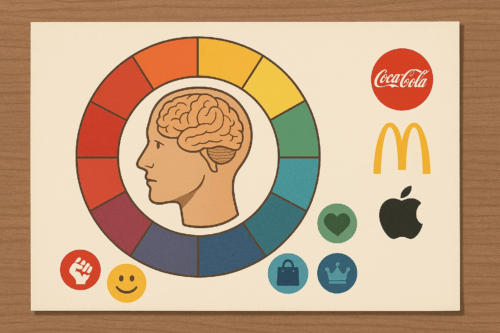
Painting Your Brand: The Impact of Color Psychology on Consumer Perception
Posted on June 1, 2025

The Power of Color: How Effective Branding Utilizes Color Psychology
Posted on February 10, 2025

The Power of Color: How Color Psychology Influences Branding Success
Posted on October 3, 2024

The Power of Perception: How Color Influences Branding Success
Posted on September 5, 2024

The Power of Color: How Branding Utilizes Color to Influence Consumer Perception
Posted on November 14, 2023

The Power of Color: How Color Plays a Crucial Role in Branding Success
Posted on October 5, 2023

The Power of Color: Unlocking the Magic of Branding
Posted on July 14, 2023